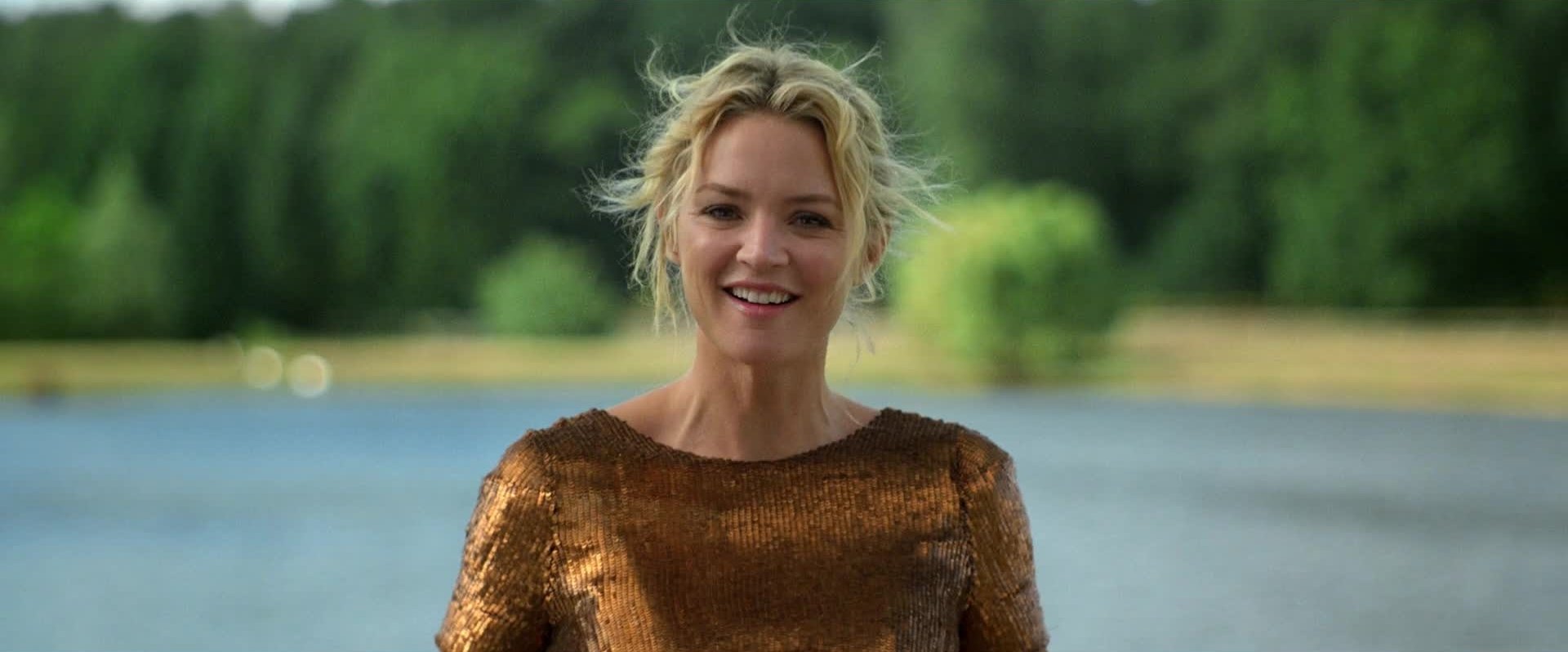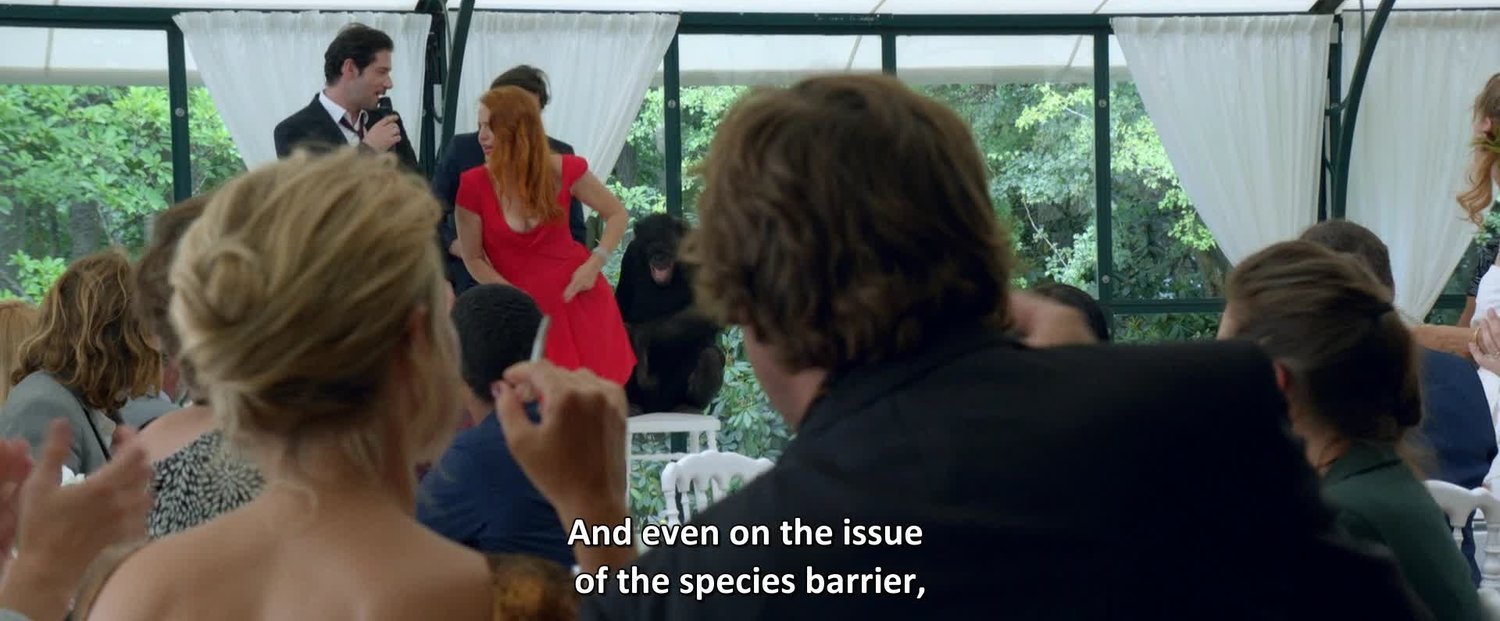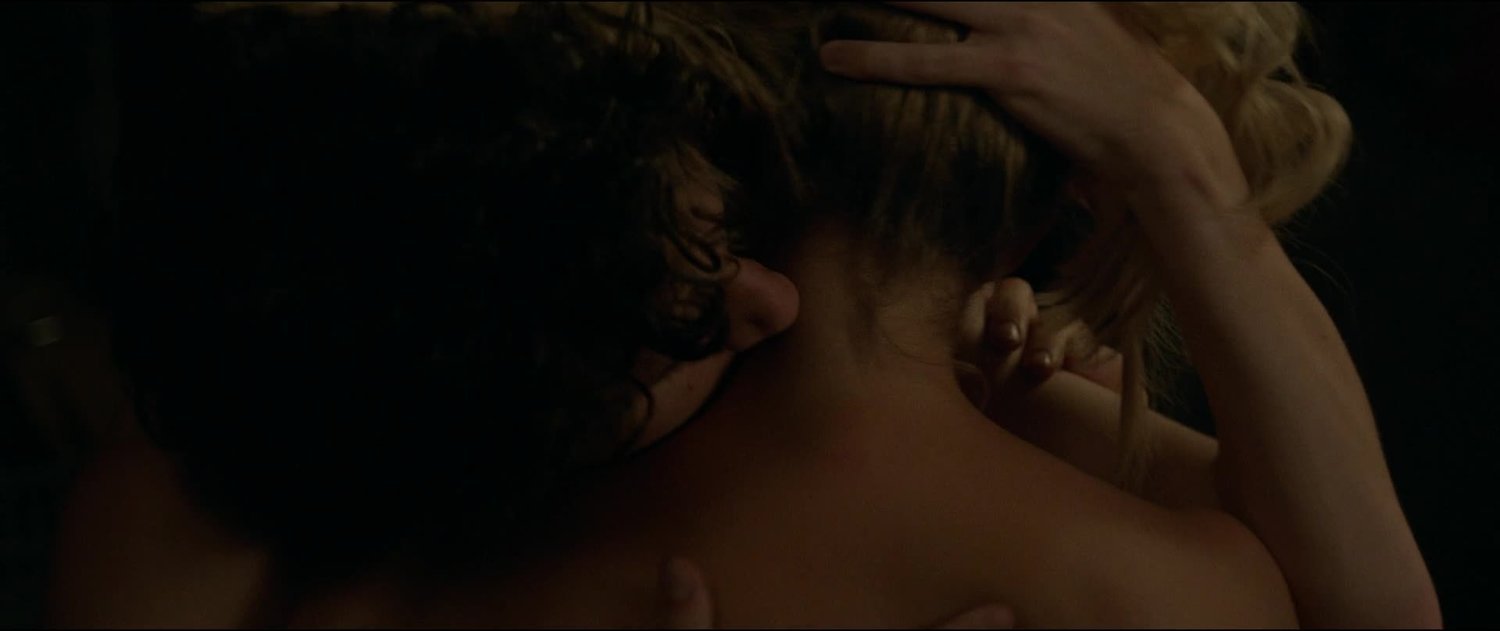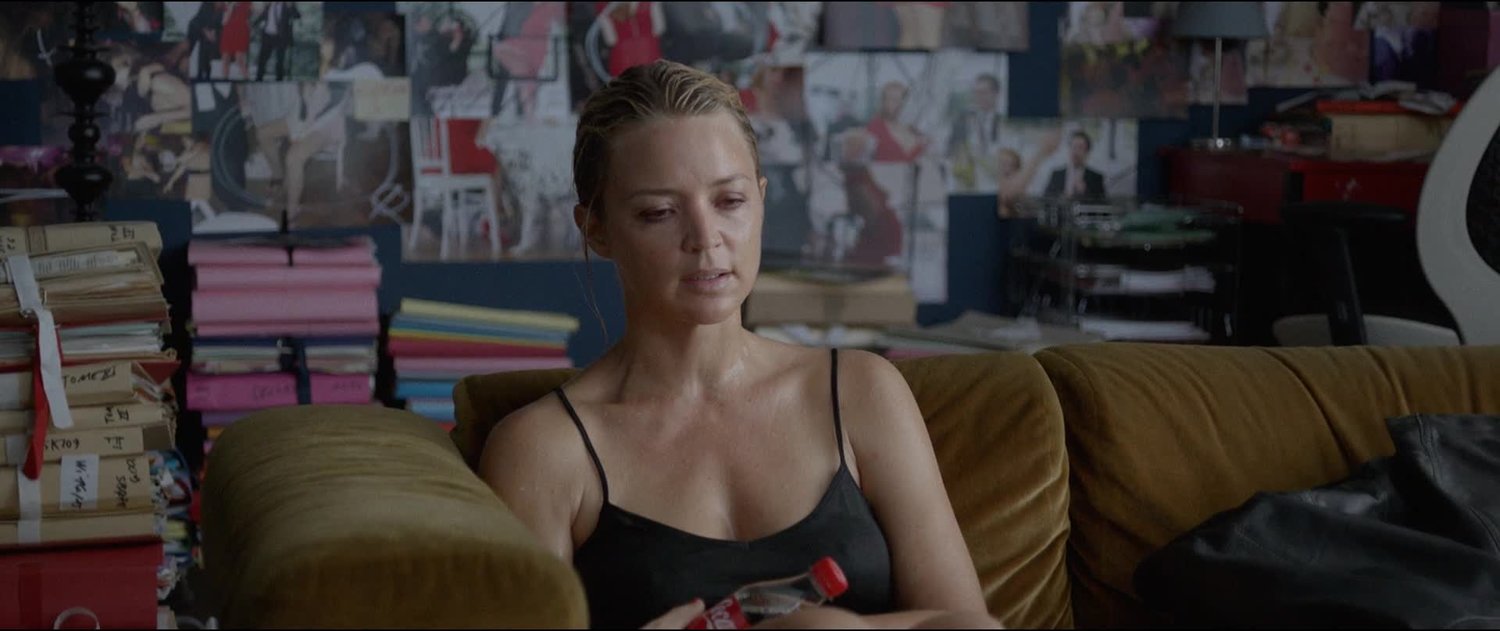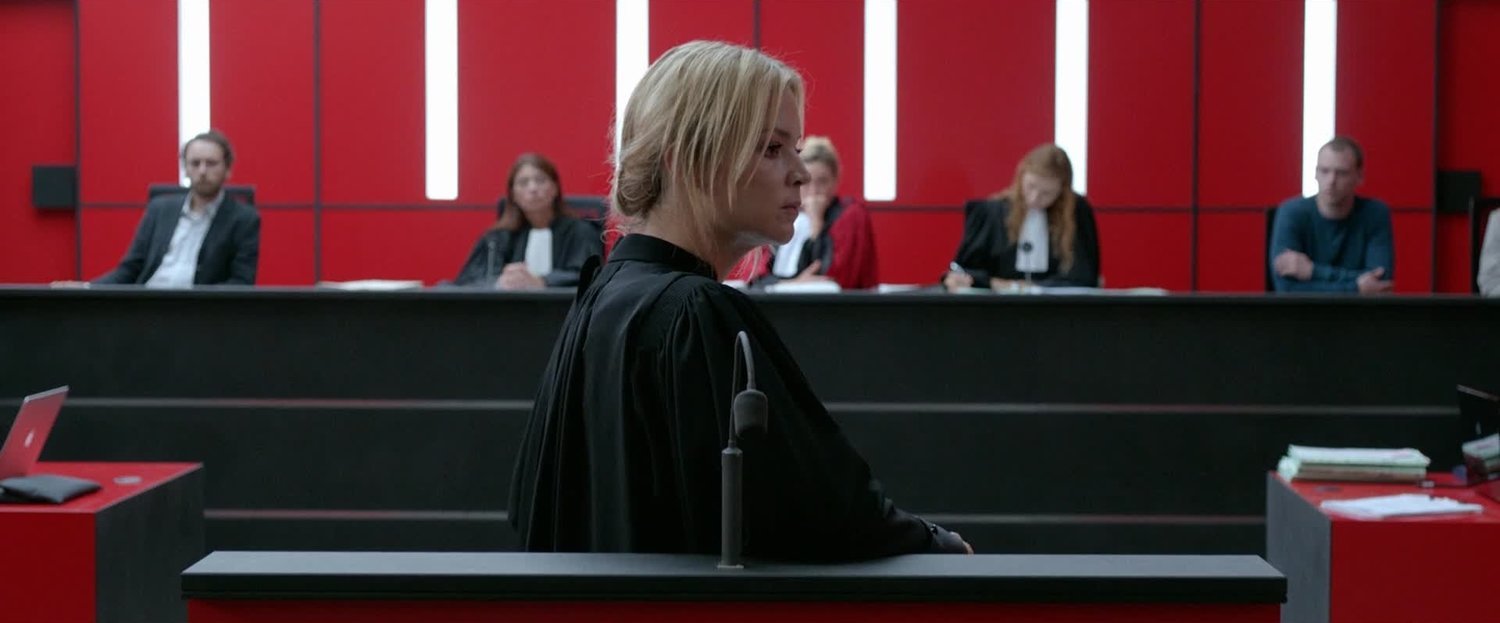In Bed with Contemporary French Cinema: Victoria
In Bed With Victoria, Justine Triet (2016)
Justine Triet's Victoria (In Bed with Victoria) reaches North American shores with a strong tailwind in its sails: a live-wire creation, a best case scenario of what twenty-first-century French film has to offer. Contemporary French cinema is best thought of as an ecosystem, and Victoria models exactly how that ecosystem works— a dynamic media production landscape with tectonic plates in constant motion.
The velocity builds from Triet, graduate of the prestigious Parisian École Nationale Supérieure des Beaux-Arts and director of four shorts and two features before she had even turned forty. Already, Triet showcases how much France prizes youthful ciné-literate practitioners, especially women, propelling them from classroom to set to festival circuit and beyond as fast as possible. Recognition at the Césars, France's Academy Awards which are reliably more progressive and interesting than the Oscars, underlined Triet's advance. She earned a nomination for Best First Film— a category unique to France, another pro-youth incentive— for her feature debut, La Bataille de Solférino (Age of Panic, 2013), then Best Original Screenplay and Best Film for Victoria.
In addition, both Triet's features played successfully at Cannes and thus attracted the attention of UniFrance, a State-sponsored body that since 1949 has marketed French cinema globally, matching cutting-edge French fare with international distributors. From there, Triet's Victoria caught the eye of Myfrenchfilmfestival.com, a newer venture and online affiliate of the Centre National du Cinéma et de l'Image Animée, another State institution devoted to French media promotion and export. The simple fact of this film's existence online in the United States demonstrates how carefully France nurtures its cinema, and why French cinema is the second-most widely traveled on planet Earth, behind only North America.
There are many reasons why Victoria is representative of contemporary French cinema, and why Triet's work worth our while. In the crowded marketplace of international cinema, several features of this film are characteristically, engagingly, and puzzlingly French. A closer look reveals Victoria to be a rich, strangely bittersweet, and very rewarding concoction.
In Bed With Victoria, Justine Triet (2016)
One prime asset of Triet's craft is Victoria's systematic mixing of high and low art. The film has an irreverent pop-art sensibility; it gleefully intermingles mainstream motifs with devices from rarified art-house upper reaches. Here, contemporary French cinema tears up a famous contract: the French New Wave's notorious 1960s pledge to divorce serious intellectual filmmaking from France's supposedly debased commercial sector. Whether or not this diagnosis was ever true, the equation is permanently changed today.
Consider, as evidence, an early Victoria set-piece that sets the tone for the controlled anarchy of the film that follows. Our heroine Victoria attends a wedding reception punctuated by a drunken couple whose bizarre escapades will ultimately take them from the bedroom to the courtroom. At the wedding we're treated to the spectacle of this raucous duo singing karaoke onstage in three different languages and making out with gusto, their outfits malfunctioning. These antics are finally interrupted by a guest chimpanzee from the audience who delightedly springs forward to join their revue. The burlesque devolves, and Triet's payoff is to cut back repeatedly to Victoria. She's simultaneously watching from the reception crowd and being hit on by a pompous bearded philosopher, whose pretentious prattling about whether or not the universe is an egg intercuts with shots of the amorous couple, now cavorting enthusiastically, while Daisy the chimp takes grinning selfies. "Maybe we're on some mad scientist's shelf?" Victoria's intellectual suitor ponders.
Clearly, though, the real mad scientist here is Triet herself, with the audience cast in the role of her bemused, amused, and confused test subjects. Mixed registers and paradoxical pairings are Victoria's bedrock, repeatedly jolted by earthquake. This is a film whose hybrid soundtrack switches from hysterical harpsichord crescendos, to iconic pop songs, to jazz stylings, to lugubrious classical piano riffs. And let us not forget that Victoria will culminate in a courtroom, a serious and emotionally charged inquest with a plucky Dalmatian dog called Jacques as lead witness, whose tail wags just might provide exonerating evidence.
Moreover, Victoria's pop-art repertoire sees the film ricochet wildly, unpredictably, yet systematically among genres. We careen from romance, to legal thriller, to quasi-musical, to serious heartfelt drama, to farcical comedy, accumulating and retaining trace elements of all these formats as we go. Master of ceremonies amidst these proceedings, Triet, a deft interviewee— itself an essential skill for the contemporary French filmmaker— defined her cinema as being an organized mess, a conceptual high-wire balancing act poised on the brink of disaster. Triet's first feature Age of Panic transitioned from her documentary roots to fictional storytelling in a similarly disorderly context; she staged key scenes on the streets of Paris during France's 2012 national elections, whose outcome she had no way of knowing. Triet actually expected François Hollande, the eventual victor, to lose, with her script frantically rewritten accordingly. We might sum up Triet's approach to this conceptual turbulence with one of Victoria's typically cerebral yet jaunty one-liners: "If I stuck to my job description, I'd get no pleasure from existing!"
But don't let Triet's feints fool you—there is serious business afoot in Victoria too. At the eye of the storm is Virginie Efira in the title role, and hers is a resplendent twenty-first-century creation, a fierce screen ambassador for the lively and mischievous pro-woman archetypes to be found throughout contemporary French cinema. Here, Triet's casting is particularly astute. Moving from television to cinema, Efira's acting career gathered international momentum after she starred in the romantic comedy 20 ans d'écart (It Boy, 2013; translated literally as the twenty-year gap). In this film Efira played a successful yet unraveling career woman drawn into a sexual relationship—initially for show, latterly for passion—with a barely-of-age teenage boy. And while it has long since been exoticized, demonized, or made outright verboten in Hollywood, the older-woman/younger-man romantic pairing—Efira, aged thirty-nine, is partnered in Victoria with Vincent Lacoste as Sam, fully sixteen years her junior—is merely Triet's starting point, just one burgeoning phase of the feminine arsenal on physical display.
In Bed With Victoria, Justine Triet (2016)
The film was renamed In Bed with Victoria for North American audiences to play up, not without reason, Triet's female-centered pro-sex agenda. Yet in another trademark contemporary French cinema impulse, the film is based on corporeality in all states, in all conditions, from the gorgeous to the grisly, the eroticized to the disheveled— a striking parallel to Triet's work, based on same-sex rather than heterosexual physicality, is Abdellatif Kechiche's bravura Blue Is the Warmest Color (La Vie d’Adèle - Chapitres 1 & 2, 2013). On-screen, we do indeed spend quality time in bed with Victoria, in the delighted throes of arousal and sexual bliss, encounters initiated entirely on her terms; but this woman's bed is also the site of her lowest ebbs, her illnesses, insomnia, catatonia, and all kinds of ambivalent physical situations in between. And across this whole continuum, Triet's fascinated camera studies the contours of Efira's amorphous body.
On the one hand, Victoria tracks Efira over the peaks of erotic raptures, the patterns of her lithe, pulsing upper back's musculature, her coiled sinews tensing and relaxing, her nocturnal deep coppery skin tones, her suite of ardent movements: especially when coupled to Lacoste, the most overtly compatible sexual partner underneath her. Yet conversely we also see, in an entirely different yet equally arresting physical register, Efira's body at moments of outright free-fall: eyes bleary, face bloated, torso caked in stale sweat, hair oily, skin pallid, the whole vessel in disarray. In this latter frame, one of Triet and Efira's bravest, most poignant and, sadly, in terms of another world cinema taboo, very rare corporeal sequences, is a montage midway through the film when Victoria, unjustly suspended from work, descends into the nightmarish claustrophobia of severe depression. Sobbing under the sheets, or else ominously numbed, insensate despite her young daughters' touching attempts to console and revive their mother, Efira's extraordinary performance painfully conveys the straightjacket of the noonday demon. In another one of Triet's apt physical and verbal formulations, this is depression manifesting as a state of physical implosion, a body crushed on all sides, a life in which suddenly "every hour weighs a ton."
In Bed With Victoria, Justine Triet (2016)
And who is to say at which point on this corporeal spectrum—buoyed to ecstasy, collapsed in despair—Victoria is at her most splendidly human, alive? When is this vividly rendered woman most fully engaged, responsive to the world around her? If a pro-female or feminist filmmaking agenda, put broadly, is categorically to expand the remit of women's agency and behavioral freedoms while on-screen, Triet is an especially vibrant contributor. Victoria, subsequently retitled In Bed with Victoria, could just as easily have become: At the Office with Victoria, In the Courtroom with Victoria, In the Single Parent Trenches with Victoria, On the Dance-floor with Victoria, On the Therapist's Couch with Victoria, On the Acupuncturist's Table with Victoria, Before the Paparazzi with Victoria, On the Streets of Paris with Victoria, or At the Psychic with Victoria. This latter scenario seems to wryly acknowledge the famous preface of Agnès Varda's Cléo from 5 to 7 (1962); unlike Varda's protagonist, Victoria refuses to accept her own dire fortune.
In sum, Victoria multiplies. And whatever she does, wherever she goes— and in one outrageous climactic scene, driven again by Triet's impish humor and Efira's highly exposed performance, Victoria delivers a closing legal statement to a judge while on sleeping pills and amphetamines at the same time—there is simply no stopping this woman. On uppers and downers, Victoria is indomitable, wayward but steadfast, embattled but defiant: a flawed, unruly contemporary screen heroine truly worthy of the name.
In Bed With Victoria, Justine Triet (2016)
The culmination of Triet's agenda is a simultaneously funny but devastating model of cinéma stressé, with Victoria placed implacably as focal recipient of literally all of the stimuli, all the aggravating stressors and pleasures that modern urban life has to throw at us. On this front, Léonor Serraile’s remarkable Jeune femme (Montparnasse Bienvenue, 2017) is a perfect comic-agitational companion piece. This guiding principle, with Victoria as our contemporary everywoman—blown in all directions, forever bending but never quite breaking—is flagged by Triet early on with a vital prop. Victoria, with a savvy flourish, reveals to Sam that most essential tool of all her various trades: her military-grade smartphone, built to be impervious to pressure, impossible to destroy, a device which Victoria will periodically hurl at the walls during moments of (inevitable) maximum freak-out. World, take that! For Victoria, like so many contemporary hyped-up humans, stress is everywhere and everyone, metastasized into the very fabric and rhythms of the world on-screen.
Hence, when Victoria confronts her ex for stealing her identity in his scurrilous blog posts, Triet stages their argument before a railway line. Two trains immediately come screeching along the tracks, shuddering and juddering like a furious mechanical chorus. Another lovely ironic manifestation comes when Victoria and Sam squabble over childcare duties, and her two young daughters record and re-play them with an iPhone app that aurally distorts grown-up bickering into shrill, dyspeptic Smurf-talk. "No more iPad, hand them over!" Sam demands; "Nomoreipadhandthemover!" shrieks the echo-retort. Later on, a pivotal conversation between this erratic couple takes place in a restaurant in front of an undersized aquarium packed with Shubunkin goldfish bouncing off the glass and jostling for space. This, suggests Triet with one eyebrow elegantly raised, is the modern state of play, the rules of the game, the new norms that we pseudo-sophisticated animals have created for ourselves. Life is friction and friction is life: we work, we parent, we play, we strive and fail, we flap away, desperately struggling to stay afloat.
In Bed With Victoria, Justine Triet (2016)

